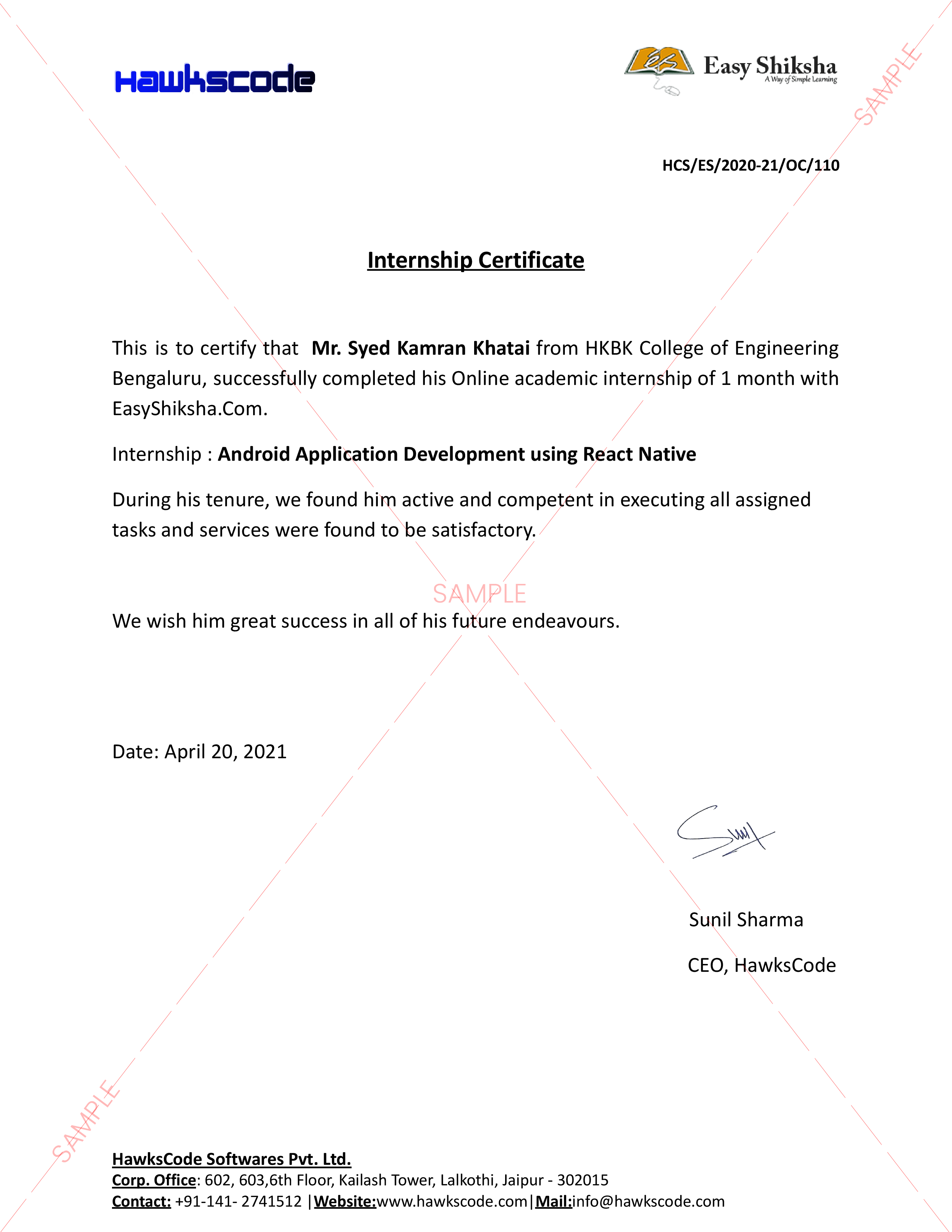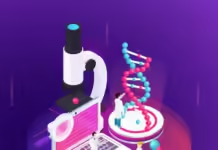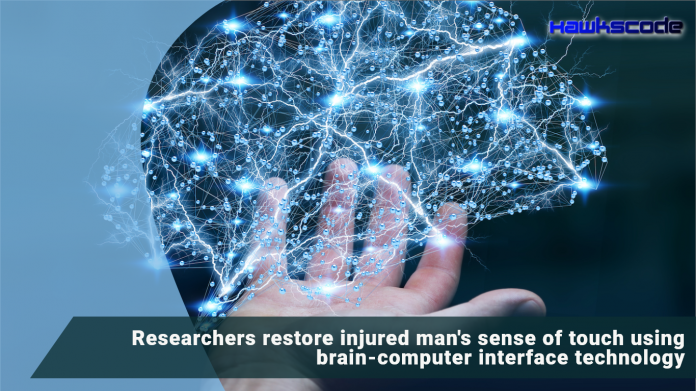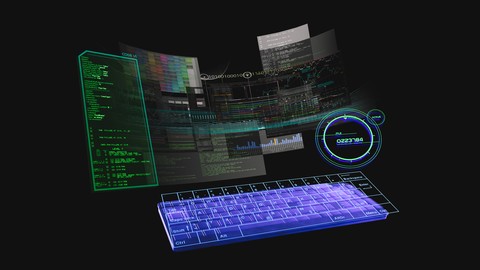Researchers restore injured man’s sense of touch using brain-computer interface technology
Researchers restore injured man’s sense of touch using brain-computer interface technology. While we might often take our sense of touch for granted, for researchers developing technologies to restore limb function in people paralyzed due to spinal cord injury or disease, re-establishing the sense of touch is an essential part of the process. Scientists from Battelle (OH, USA) and Ohio State University Wexner Medical Center (OH, USA) have collaborated to develop a brain–computer interface device that has restored both movement and the sense of touch to the hand of an individual with severe spinal cord injury. To get better understanding of this read Design of inorganic material for brain like computing.

Important Announcement – EasyShiksha has now started Online Internship Program “Ab India Sikhega Ghar Se”

The study involved a single male participant named Ian Burkhart who had suffered a severe spinal cord injury following a driving accident in 2010.
“Until now, at times [Burkhart] has felt like his hand was foreign due to lack of sensory feedback,” commented first author of the study, Patrick Ganzer (Battelle). “He also has trouble with controlling his hand unless he is watching his movements closely. This requires a lot of concentration and makes simple multitasking like drinking a soda while watching TV almost impossible.”
Although Burkharts’ spinal cord injury was considered ‘clinically complete’ and he had almost no sensation in his hand, the researchers determined that electrical stimulation of his skin could still be conveyed to his brain.
Top Courses in Software Engineering
More Courses With Certification
To harness this, the group developed the brain–computer interface device to boost these signals to a level that the brain could perceive and respond to. Using a computer chip implanted into the motor cortex and an array of electrodes on the skin, they allowed electrical signals to bypass the spinal cord.
When fitted with the brain–computer interface device, Burkhart could perform activities such as lifting a coffee cup, swiping a credit card and playing Guitar Hero. “It has been amazing to see the possibilities of sensory information coming from a device that was originally created to only allow me to control my arm in a one-way direction,” concluded Burkhart.
The research group is now working to create a next-generation sleeve of electrodes and sensors that can be easily put on and removed. They also aim to make the device more portable.
I hope you like this blog, Researchers restore injured man’s sense of touch using brain-computer interface technology. To learn more visit HawksCode and Easyshiksha.
Empower your team. Lead the industry
Get a subscription to a library of online courses and digital learning tools for your organization with EasyShiksha
Request NowALSO READ: Mit-developed-sensors-woven-into-fabrics-so-a-shirt-can-monitor
Get Course: Linux-for-Absolute-Beginner















































































